Bed bugs are flat, oval-shaped pests that are often found inhabiting bedding and mattresses in houses. Adult bed bugs generally possess a color between mahogany and maroon, while nymphs are colorless. Their appearances are similar to dog and deer ticks since they swell up and elongate as they feed. Their diminutive stature often throws off people between a quarter-inch to 1.3 mm and 4-5 mm. They possess a vehement reproductive capability and are not notorious for spreading multiple diseases through their bites, molten skin, eggs, and empty eggshells. However, a possibility of severe allergic reaction to bites or contracting the Trypanosoma cruzi (the parasite that causes Chagas disease) has been confirmed by research. But do bed bugs come from outside?
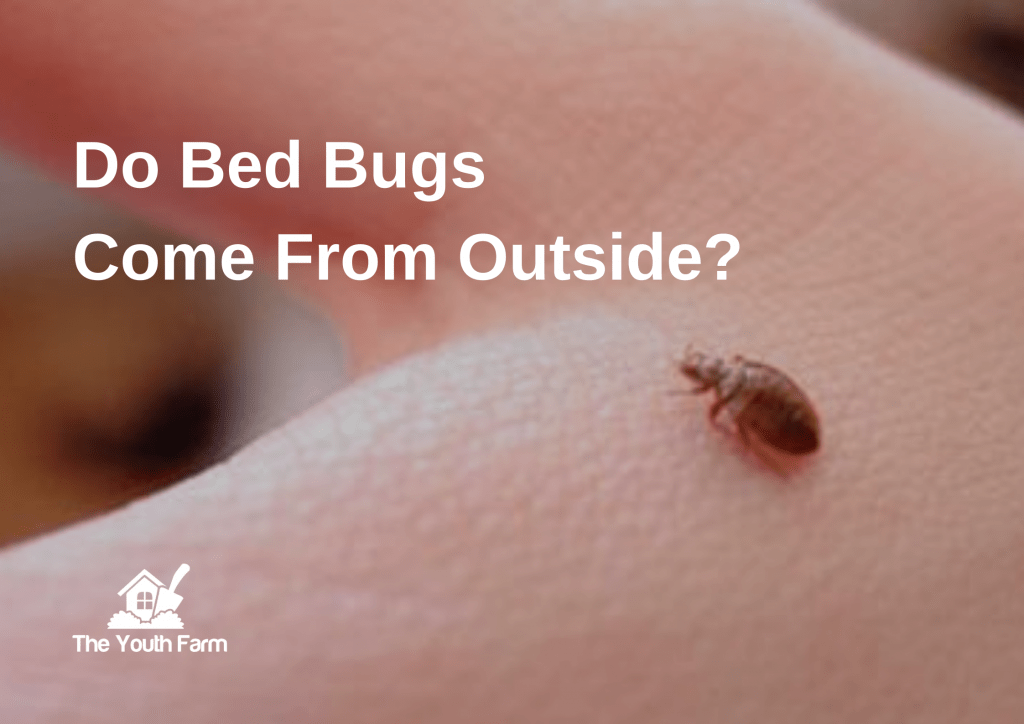
Primary indicators of a bed bug infestation include reddish-brown fecal spots on bedding, furnishings, and walls. Of course, red and itchy bites on the arms and legs are also a revelatory sign. These bites are mostly minuscule in shape and size and are indistinguishable from other insect bites but can become swollen and itch more than common mosquito bites. A personal discovery led me to realize that these pesky beings often signal their presence quite uniquely.
You might discover a trail of bites along the skin, making it look like an irritant was dragged along its length or breadth at an irregular pace. Regardless of the context, you might wonder, “Do bed bugs come from outside?” This article will answer if and how bed bugs come from outside and show you how to detect and deal with infestations.
See Also: How to Get Rid of Gnats in Your House? (Easy Methods)
Do Bed Bugs Come From Outside?
Where Do Bed Bugs Come From? Do They Come from Outside?
Bed bugs, as the name suggests, are dependent on humans partially. They frequently lurk in places where humans assemble for a prolonged period, like public buses or libraries. Their tenacity equals that of cockroaches as they can go for months without feeding and survive temperatures ranging from near zero to 122 degrees Fahrenheit. As a result, they exist almost everywhere.
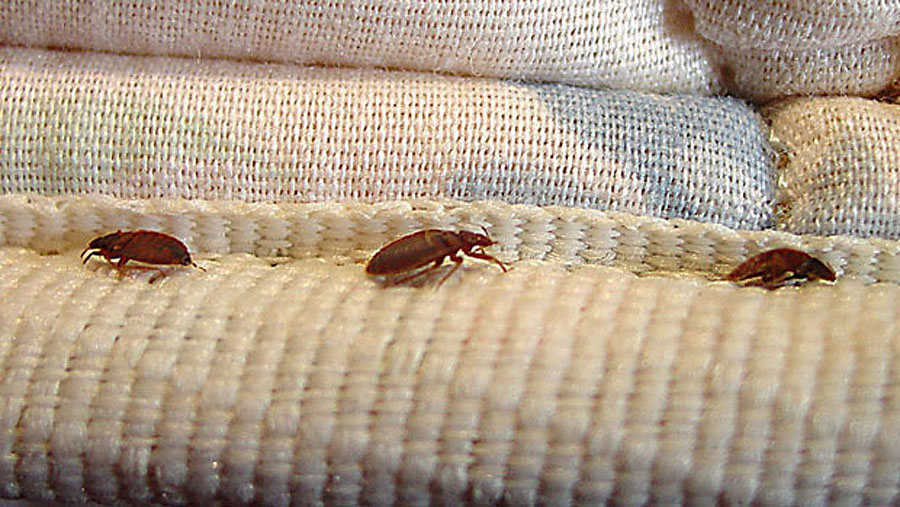
You might have already guessed that not only do bed bugs come from outside, but they might come from absolutely anywhere. The absence of wings is barely an obstacle to them, as they are inherently fast crawlers and can travel over long distances while remaining perfectly concealed. Once they have latched onto boxes, shoes, and other luggage, they invade the new residence and permeate everywhere. They might occupy crevices and cracks near the beds, behind baseboards, inside mattress and box springs, electrical switch plates, picture frames, and even wallpaper.
What Are Their Habits?
Having mentioned their preferred habitat, it is essential to note that residences are more susceptible to these pests because of their activity patterns. Bed bugs are elusive, nocturnal feeders that often emerge for a meal during the day, especially in heavily infested areas. Though they require about 5-10 minutes to finish a blood meal, they will migrate to secluded spots afterward to digest it and procreate. Humans are their preferred targets; they usually latch onto our skins while we are asleep to feed on our blood.
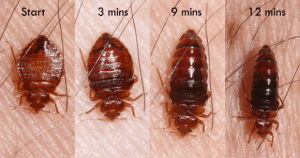
Do They Pose Any Serious Threats?
By now, you must have stopped wondering whether bed bugs come from outside and maybe even started scouring your house to look for signs to be extra safe. Initially, bed bugs did not pose an out-and-out threat to humans as even their bites are painless. What essentially causes problems is their saliva and droppings.
Saliva from bed bug bites tends to set off an allergic reaction in the epidermal layer of the skin. Consequently, zig-zag patterns or reddish, itchy clusters are formed. A study conducted in 2018 by Zachary C Devries et al. regarding Histamine contamination through bed bug droppings reported some interesting findings. It showed that bed bug excreta consisted of Histamine and was identified as a close-range aggregation pheromone component.
Histamine is a known food contaminant, mainly in fish and alcoholic beverages such as beer and wine. When ingested, it acts as a mediator of acute inflammatory reactions. It is associated with significant adverse effects in sensitive individuals, including hypotension, urticaria, shock, heart palpitations, diarrhea, vomiting, pain, itching, and respiratory distress.
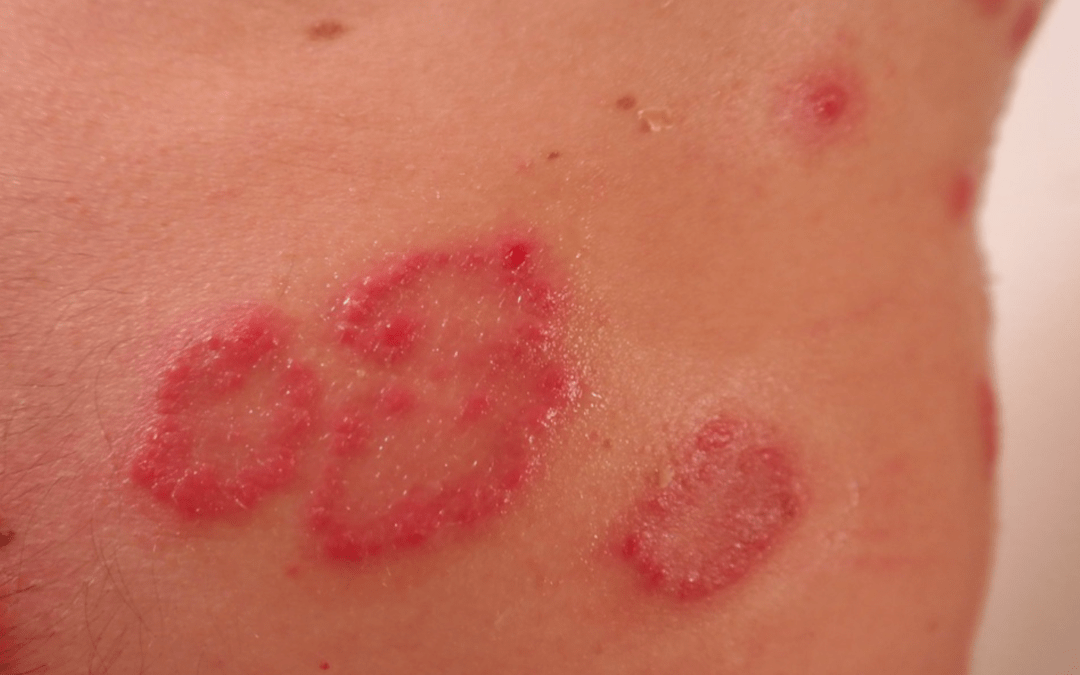
The investigation also revealed that this indoor contaminant persisted for three months after a bed bug treatment centered on eliminating the bugs themselves was conducted. Hence a combination of deep cleaning and pest termination, effective against German cockroach allergens, was suggested.
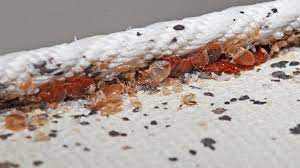
How Can I Get Rid of Them?
Even though your best bet would be to consult a good pest extermination service, a few remedies can help keep these buggers at bay.
- Thoroughly vacuum any hiding places like the bed, drawers, carpets, clothing hangars, and electronics. Follow it up by sealing all the vacuumed pollutants in an airtight bag and throwing it away.
- Seal all your affected linen in plastic bags till you can clean them. If you can’t wash something, use a dryer at its highest setting for the same.
- Use a steamer or an iron to kill the bugs hidden in the couches and mattresses, and put the sealed bed bugs in the freezer (below 0 degrees) or outside on a hot day or even inside the back of your car.
- Use insecticides like Pyrroles(chlorfenapyr) which kill bedbugs by disrupting their cells. Desiccants like silica aerogel (Tri-Die and CimeXa) and diatomaceous earth are also efficient as they destroy the bugs’ protective outer coating. Without this coating, the bugs wither to death.
- Carvacrol and citronellic acid are examples of plant oil-based products you can use since they are environment-friendly, non-toxic, and highly effective against bed bugs.
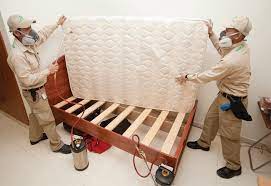
Closure
We have given you a brief overview if you were wondering, “ Do bed bugs come from outside?”. Yes, they come from various places but inhabit houses the longest. So it is up to you to derive a way to keep your household in check and carry out the appropriate measures if you get a whiff of a potential infestation.
While you are most welcome to identify and treat bed bug problems with the help of my article, always remember that a professional pest treatment group is your best bet. Since they are entirely equipped to deal with these problems, consult them first and foremost to take their input and then decide your most prudent solution.
